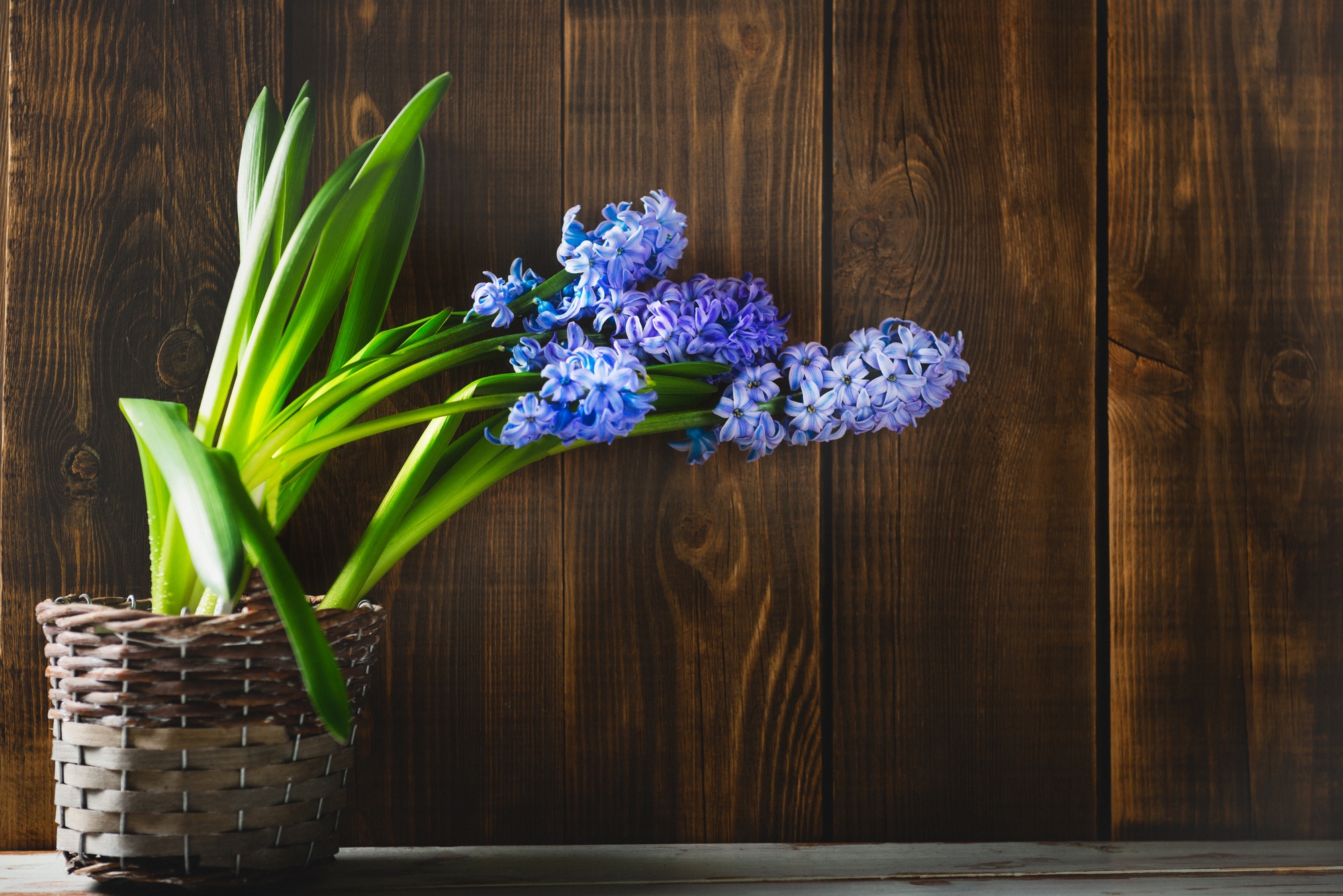The hyacinth, a flower of vibrant colors and intoxicating fragrance, holds deep symbolic meaning rooted in Greek mythology and the language of flowers. From its tragic origin story to its representation of rebirth, love, and joy, the hyacinth continues to captivate hearts worldwide. Let’s dive into the rich history, cultural significance, and various meanings associated with the hyacinth flower.
The Origin of the Hyacinth in Greek Mythology
The story of the hyacinth begins with a tragic love triangle in Greek mythology.
The Myth of Hyakinthos
- Hyakinthos, a beautiful Spartan prince, was loved by Apollo, the sun god, and Zephyrus, the god of the west wind.
- One day, while Apollo was teaching Hyakinthos how to throw the discus, a jealous Zephyrus blew a gust of wind in Apollo’s direction, causing the discus to strike and kill Hyakinthos.
- From the blood of Hyakinthos, Apollo named the flower hyacinthus, immortalizing his beloved in a beautiful flower.
This tale makes the hyacinth a symbol of grief, love, and remembrance, but also of rebirth and renewal.
The Symbolism of Hyacinths
The hyacinth symbolism has evolved over time, encompassing a range of meanings based on its mythological origins and vibrant colors.
General Meanings
- Rebirth and Renewal: As a spring flower, hyacinths symbolize new beginnings and the renewal of life.
- Playful Joy: Their bright hues and delightful fragrance embody happiness and youthful energy.
- Grief and Remembrance: Tied to the myth of Hyakinthos, they also represent mourning and eternal love.
The Language of Flowers
In the Victorian language of flowers, the hyacinth flower meaning changes based on its color.
The Color Meanings of Hyacinths
Each color of the hyacinth carries unique symbolism:
- Blue Hyacinths: Represent peace, loyalty, and serenity. They are often used to express calm and steadfast affection.
- Pink Hyacinths: Symbolize playful joy and romantic affection.
- Purple Hyacinths: Associated with spirituality, sorrow, and regret.
- White Hyacinths: Represent purity, innocence, and prayers for someone’s happiness.
- Yellow Hyacinths: Convey jealousy, cheerfulness, or optimism.
- Red Hyacinths: Signify deep love and passion, though less common.
Hyacinth Varieties and Characteristics
The hyacinth plant, belonging to the Asparagaceae family, is cherished for its vibrant colors and fragrant blooms. Its origins can be traced back to the Eastern Mediterranean region and parts of Asia Minor.
Hyacinth Bulbs and Growth
- Bulbs: Hyacinths are grown from bulbs, which can produce flowers in a wide range of colors.
- Blooming Period: These spring flowers bloom in early to mid-spring, heralding the arrival of warmer weather.
- Fragrance: The intoxicating fragrance of hyacinths makes them popular in perfumes and gardens.
Hyacinths in Modern Horticulture
- Holland’s Influence: Today, hyacinths are widely cultivated in Holland, known for its thriving flower industry.
- Hyacinth Varieties: From deep blue to bright pink, many hyacinth varieties showcase their versatility and beauty.
Hyacinths as Gifts and Decorations
Giving hyacinths as a gift or using them in decorations conveys heartfelt sentiments. Their vibrant colors and fragrance make them ideal for:
- Bouquets: Hyacinths add a touch of elegance and meaning to floral arrangements.
- Spring Celebrations: These flowers symbolize the rebirth of nature and are perfect for Easter or spring festivities.
- Remembrance Ceremonies: Their association with grief and remembrance makes them a thoughtful addition to funerals or memorials.
Hyacinth Fun Facts
- Toxicity: Hyacinths contain oxalic acid, which can irritate the skin and be harmful if ingested. Always handle hyacinth bulbs with care.
- Scent: What does a hyacinth smell like? Its fragrance is sweet, rich, and long-lasting, often compared to fresh-cut flowers.
- Cultural Significance: Hyacinths hold a special place in Greek mythology and are seen as symbols of beauty and sorrow.
- Zephyr’s Role: The gust of wind from Zephyrus adds a layer of mythological depth to the flower’s history.
How to Grow Hyacinths
For gardeners, hyacinths make a delightful addition to any garden due to their striking appearance and sweet fragrance.
Tips for Growing Hyacinths
- Planting:
- Use well-drained soil and plant hyacinth bulbs in the fall.
- Ensure they receive full to partial sunlight.
- Care:
- Water sparingly, as overwatering can cause bulb rot.
- Protect from pests to ensure healthy growth.
- Placement:
- Hyacinths thrive in gardens, borders, and pots, providing a burst of color in spring.
The Legacy of the Hyacinth
The hyacinth flower meaning reflects a blend of beauty, mythology, and symbolism. From its tragic origins in the story of Hyakinthos to its vibrant presence in modern gardens, the hyacinth serves as a reminder of rebirth, love, and the fleeting nature of life. Whether adorning a bouquet or gracing a spring garden, the hyacinth remains a timeless emblem of the delicate balance between joy and sorrow.







